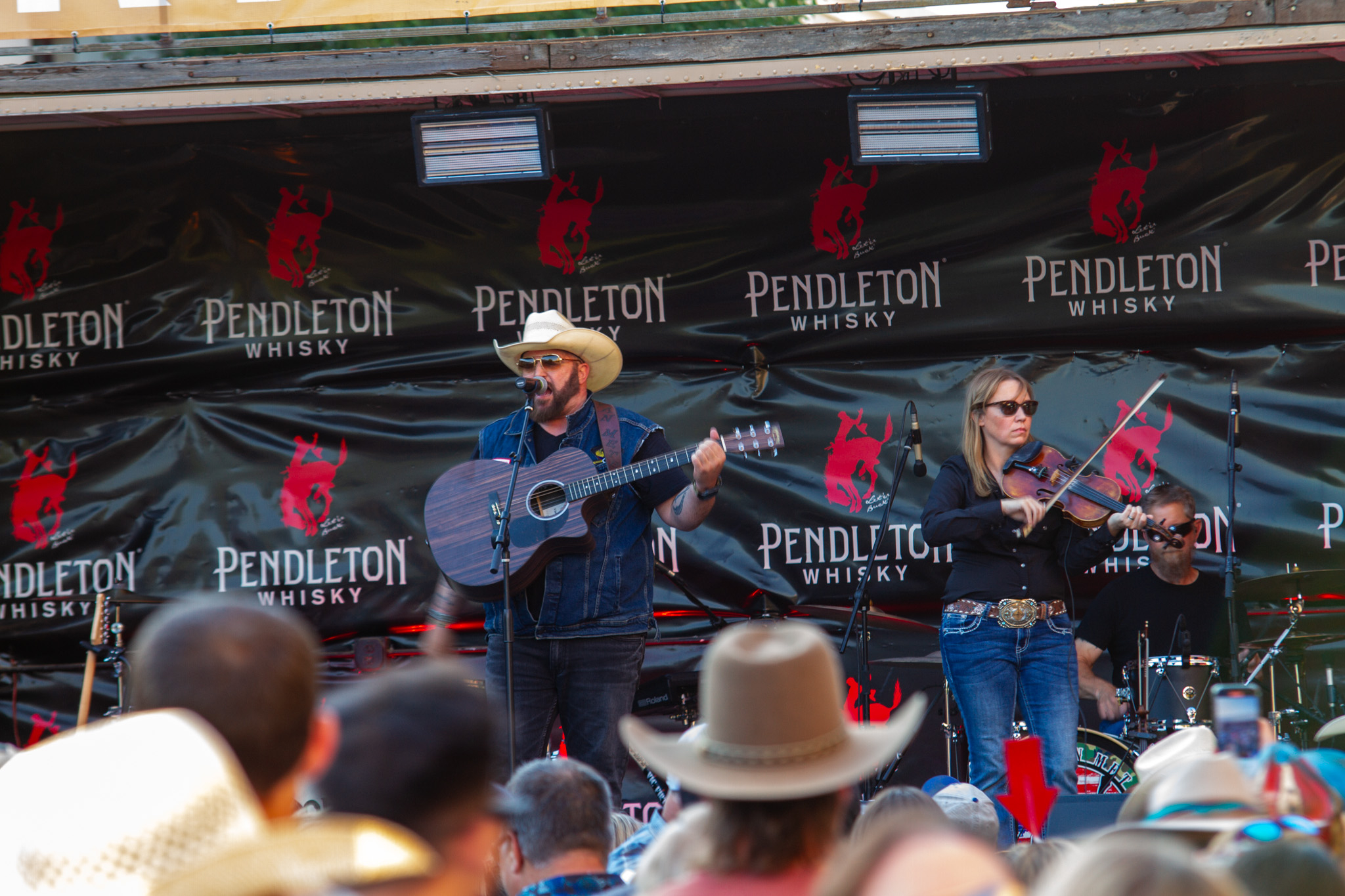Small change to far-reaching wildfire bill brought bipartisan support
Published 9:00 am Thursday, July 1, 2021

- After some last-minute jockeying and wordsmithing, both backers and advocacy groups who had opposed elements of Oregon’s omnibus wildfire response bill say they are satisfied with the version that lawmakers passed last month.
SALEM — After some last-minute jockeying and wordsmithing, both backers and advocacy groups who had opposed elements of Oregon’s omnibus wildfire response bill say they are satisfied with the version that lawmakers passed last month.
Senate Bill 762, which comes with a $185 million price tag, contains myriad provisions to up the state’s game when it comes to fighting wildfires, preparing communities for them, and making forests more resilient to fire. It comes after the state’s devastating Labor Day fires last year, and as it enters what many experts believe will be another challenging fire season this year.
Trending
The bill garnered bipartisan support after lawmakers agreed to sidestep the biggest sticking point over lands subject to property restrictions intended to slow the spread of wildfire. Lawmakers removed a key definition from the bill so that it could be outlined with more input later, assuaging some Republicans.
Sen. Jeff Golden, D-Ashland, the chief sponsor of the bill, said he was looking to hold the line on any amendments that would water down the bill and was fine with the outcome.
“When it became clear that we needed to have one more amendment to get a real bipartisan vote, the only thing I wanted was to make sure that no category of land would be categorically excluded from regulation,” he said. “I got that.”
At issue was how the bill defined the so-called wildland urban interface, or WUI — the area where new building codes and defensible space provisions would apply and property owners would potentially bear costs and aesthetic impacts. In common parlance, the WUI is the transition zone between undeveloped land with combustible vegetation and clustered human development.
As such, it can be the first line of defense against wildfires entering larger urban areas, or simply areas considered at highest risk for property damage or loss of life because of their location in the woods or grasslands.
However, some groups that initially opposed the bill, including the Oregon Farm Bureau and the Oregon Property Owners Association, argued that the WUI definition it included was far too broad, and could subject virtually the entire state, from 5,000-acre ranches in eastern Oregon to homes within Portland and other urban areas, to the proposed regulations.
Trending
Rural legislators offered up nightmare scenarios: farmers being forced to plow under crops, homeowners being required to clear-cut legacy trees and remove all ornamental vegetation, and a broad swath of Oregonians subject to massive new costs when building new structures or renovating existing ones.
It was never clear those fears were based in reality. Before anything gets regulated, the bill directs the Department of Forestry to produce a map of wildfire risk across the state at the property level, and the Oregon State Fire Marshal to establish requirements for property owners to manage combustible vegetation around homes and other structures.
The Department of Consumers and Business Services, meanwhile, will adopt wildfire mitigation building code standards for new structures and substantial renovations by October 2022.
But those new requirements would only apply in areas of the wildland urban interface where wildfire risk was deemed high or extreme. The bill includes a process for property owners to appeal the designation of their property if it falls in the high or extreme risk categories. And some of the cost estimates thrown around by lawmakers related to new building codes appeared to be wildly inflated.
Nevertheless, with a bill that many have labeled one of the most important this session, legislative leaders were anxious to attract some bipartisan support and avoid having it widely labeled as yet another cram-down from urban Democrats that would harm rural Oregonians. So they convened a last minute committee to seek a compromise.
The deal involved a small tweak to the bill’s language, pulling the definition of the wildland urban interface from the legislation and delegating it to the Oregon Board of Forestry to define after more public input. The Board of Forestry was directed to adopt a new definition not later than 100 days after the passage of the bill.
Samantha Beyer, policy counsel for the Oregon Farm Bureau, said her organization acknowledged that some agricultural lands may still be regulated under the bill, but the risk with the initial definition of the wildland urban interface was that it could have pulled in properties in remote areas with little fire risk.
Having the Board of Forestry define the wildland urban interface in rulemaking, she said, will lead to “a much more robust discussion” with the opportunity for more public input.
Dave Hunnicutt, president of the Oregon Property Owners Association, said he still had concerns about the bill and its implementation, but the change made it significantly better.
“No one in any other state would refer to a house on 500 acres in Lake County as urban, but the way the bill was drafted, that’s what forestry would have been required to do,” he said. “It was critical for us to not have a broad definition of the WUI put into statute. We’ll probably wind up with a definition that is reasonable and makes sense and that’s all we’ve ever asked.”
Among other things, the bill also directs utilities to develop wildfire mitigation plans, which must be approved by state regulators. It provides money to bolster state firefighting capacity; establishes programs for clean air shelters and smoke filtration systems; creates a permanent wildfire advisory council and a state wildfire programs director; funds a youth corps to work on community preparedness; and makes a down payment on the vast backlog of forest restoration work that many believe will be critical to restoring forest health and reducing wildfire severity.
The bill passed the Senate by a 22-7 vote, with four Republican lawmakers voting in support and seven against. In the House, the bill passed 49-6, with 12 of 22 Republicans supporting the bill.









